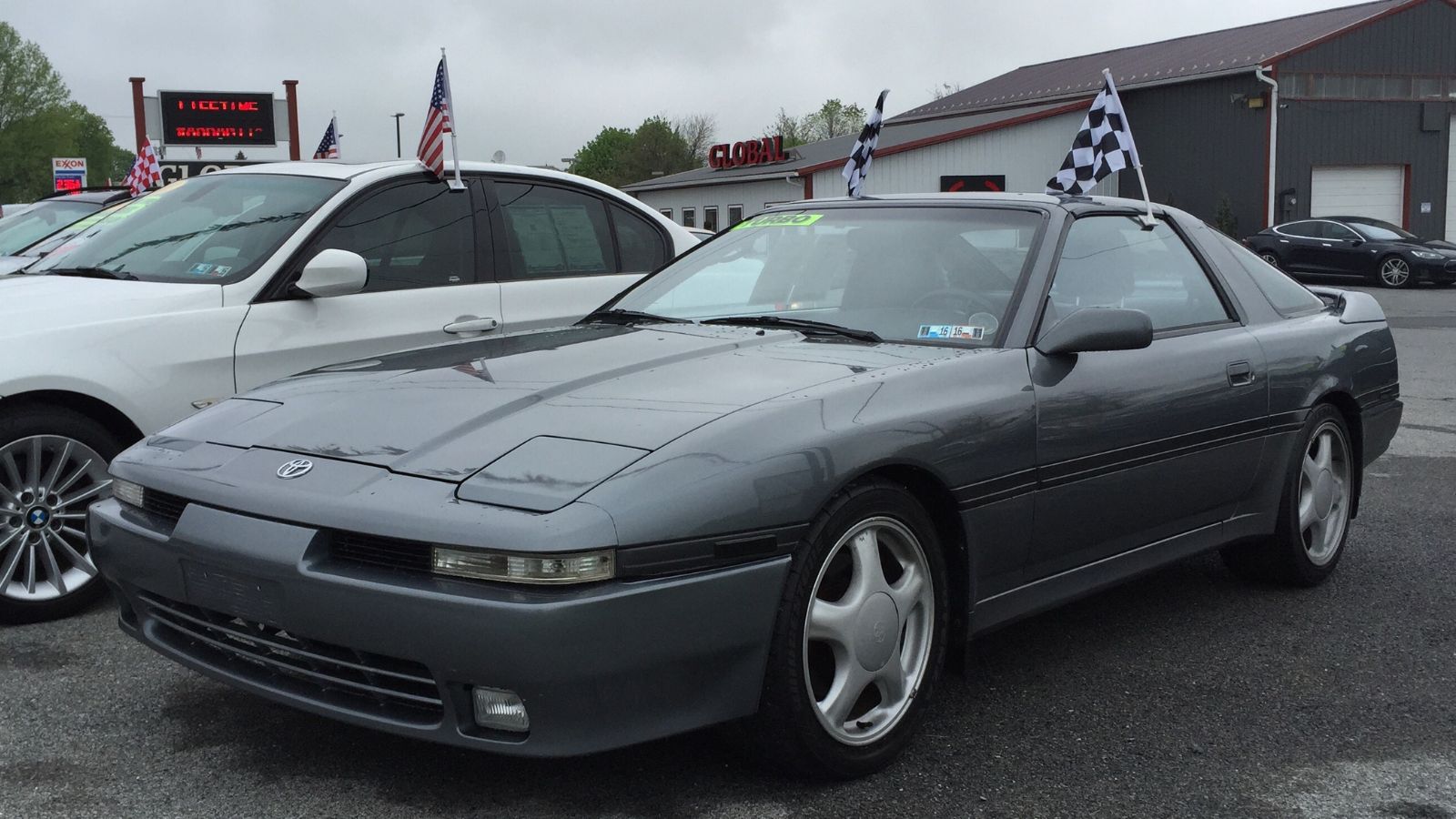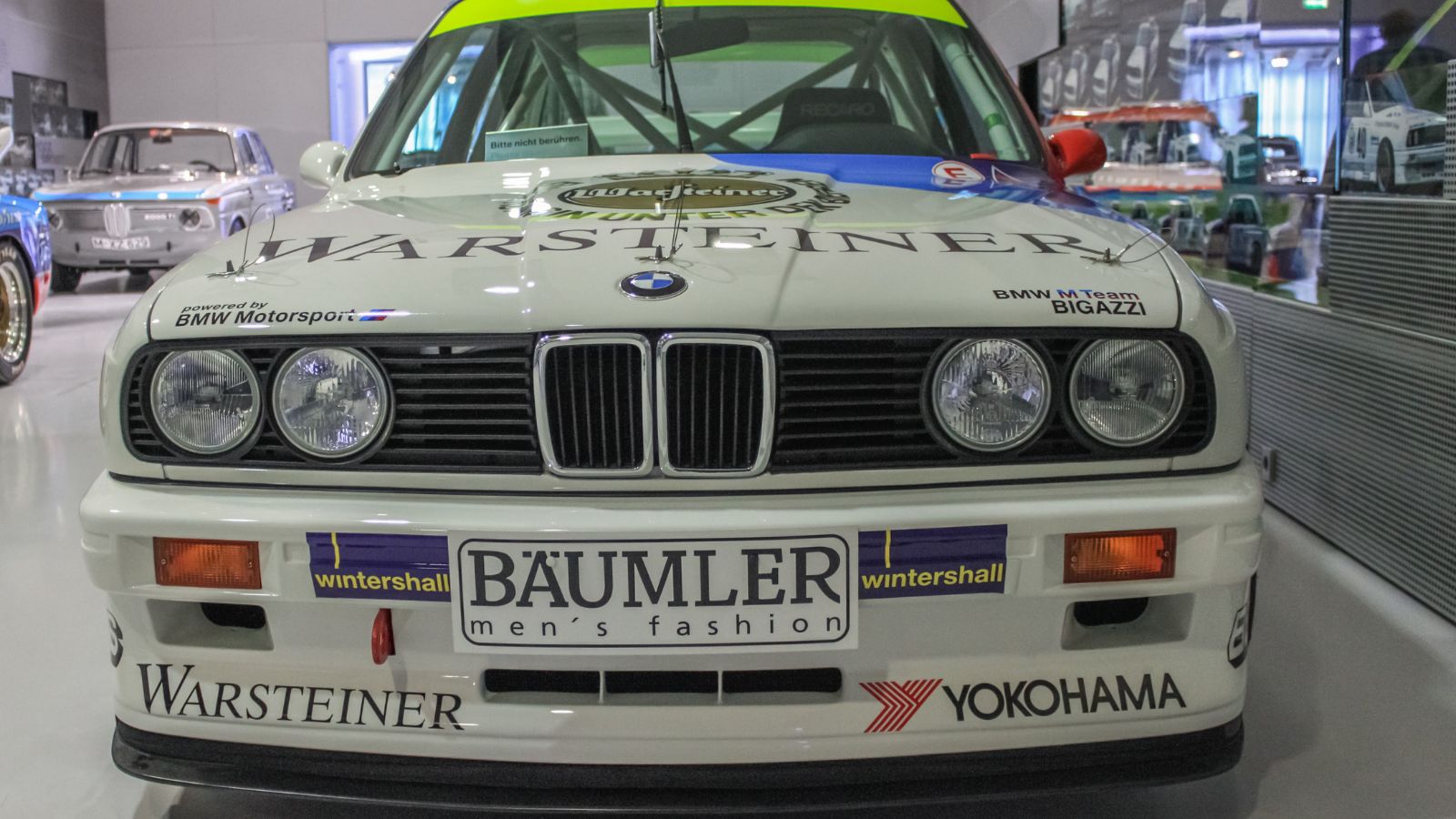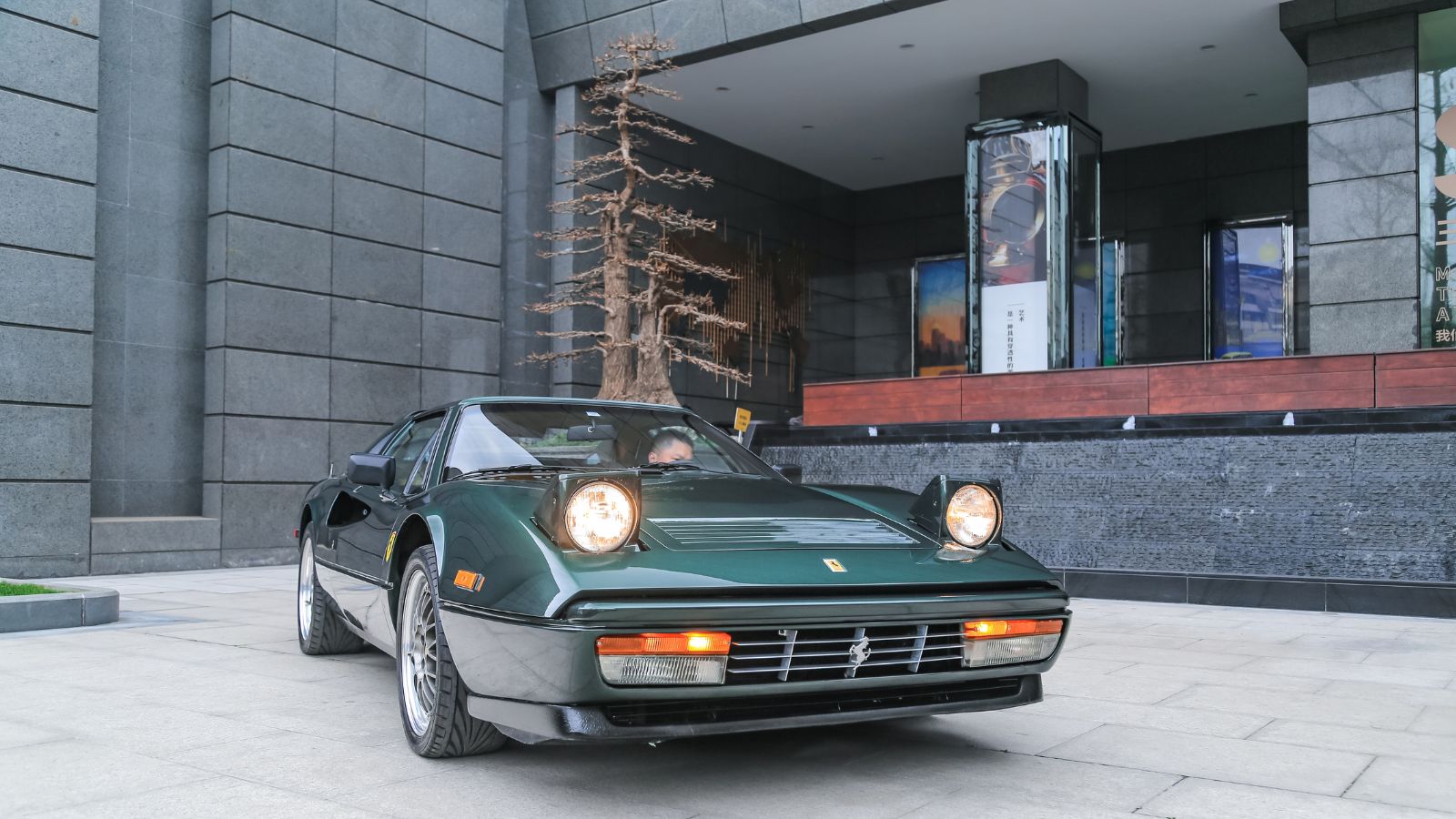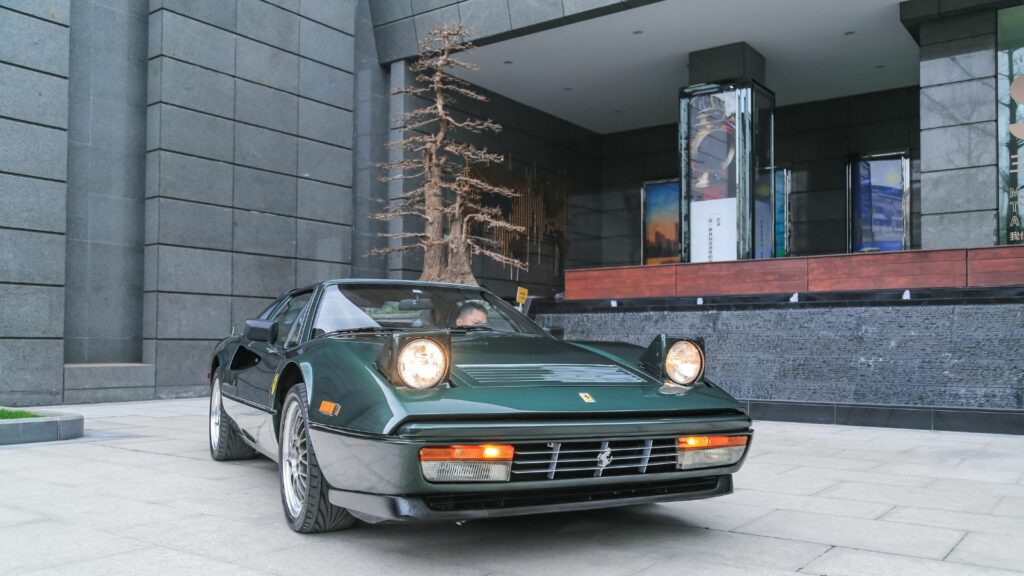The 1980s were loud, confident, and unapologetically ambitious. It was an era defined by neon lights, turbochargers, and a belief that the future was limitless. Culture and cars intertwined in ways that made the decade unforgettable. Everything from pop music to personal style echoed through the roads, creating an atmosphere of excess, optimism, and rebellion. The cars people drove didn’t just transport them they told the world who they were.
The Rise of the Supercar Dream

After the fuel-conscious 1970s, the 1980s roared back with a vengeance. Power was back in style, and manufacturers embraced extravagance with open arms. Ferrari, Lamborghini, and Porsche didn’t just build cars; they built cultural statements.
The Lamborghini Countach, with its angular lines and vertical doors, defined automotive excess. It was not built for subtlety but for shock and awe. The Ferrari Testarossa followed, a car so wide and dramatic it looked like it was sculpted by excess itself. Its signature side strakes and flat-12 engine made it a global icon. Porsche’s 911 Turbo represented the refined side of speed, capable of astonishing performance without the theatrical flair.
Owning one of these cars in the 1980s wasn’t about transportation it was about aspiration. They appeared in movies, music videos, and posters that covered teenage bedroom walls. These cars represented wealth, freedom, and rebellion all at once.
The American Muscle Revival

American carmakers had stumbled through the 1970s, battered by regulations and rising fuel costs. By the 1980s, they were ready to fight back. The decade saw muscle cars return, not with brute simplicity, but with swagger and attitude.
The Chevrolet Camaro IROC-Z became an instant symbol of cool. It was bold, loud, and carried a sense of power that connected perfectly with the rock-and-roll spirit of the time. The Ford Mustang GT made a comeback too, shedding its modest 1970s image for something fiercer. Even the Pontiac Trans Am, thanks to its starring role in Knight Rider, became a television hero in its own right.
These cars represented youth, energy, and independence. They weren’t the fastest machines in the world, but they were full of personality. They filled mall parking lots, drag strips, and high school dreams. A Camaro with T-tops, a cassette deck, and a pair of sunglasses was the essence of 1980s American life.
Japan’s Technological Surge

While the West was busy flaunting style and status, Japan quietly took over the automotive world. The Japanese car industry embraced reliability and technology like no one else. Honda, Toyota, Mazda, and Nissan began building cars that not only performed well but lasted forever.
Sports cars like the Toyota Supra, Nissan 300ZX, and Mazda RX-7 delivered excitement with precision. They introduced turbos, digital dashboards, and engineering that worked flawlessly day after day. Even modest cars like the Honda CRX and Toyota Corolla AE86 became cult favorites for their lightness and balance.
Japan didn’t just produce good cars; it produced a new mindset. The focus on innovation and value changed how people viewed automobiles. These cars were attainable, dependable, and thrilling a combination that reshaped the industry for decades to come.
Pop Culture on Wheels

Cars became cultural celebrities in the 1980s. The DeLorean DMC-12 from Back to the Future transformed from a troubled real-world car into an everlasting icon of time-traveling cool. The Pontiac Firebird Trans Am, as KITT in Knight Rider, became a symbol of futuristic technology. Ferrari gained a permanent spot in pop culture thanks to Magnum P.I., where the red 308 GTS was as much a star as Tom Selleck himself.
Music videos and advertising also leaned into the love of cars. Artists like Prince and Billy Ocean featured exotic vehicles to symbolize luxury and success. Automakers used rock anthems and glitzy visuals to sell dreams, not just cars. Vehicles became extensions of the 1980s personality confident, playful, and loud.
Design, Decadence, and Digital Beginnings

The 1980s embraced boldness in every aspect of design. Cars became sharp, squared, and aggressive. Pop-up headlights ruled the roads, digital dashboards replaced analog gauges, and body kits became status symbols. Everything looked like it belonged in a futuristic arcade game.
Inside, the interiors mixed luxury with technology. Equalizers flashed to the beat of cassette tapes, velour seats glistened under soft lighting, and steering wheels were styled like control panels. The idea was to make driving feel like piloting something out of science fiction.
Luxury brands also evolved. BMW’s 3 Series became the official car of the urban professional, while Mercedes-Benz defined quiet power with its S-Class sedans and SEC coupes. In a decade obsessed with image, these cars became social markers, signaling success and ambition.
The Culture of Aspiration

The 1980s celebrated ambition in every form. Wall Street was booming, MTV was reshaping entertainment, and the global economy was bursting with confidence. Cars became more than possessions they became personal declarations.
Owning a fast or stylish car wasn’t just about performance; it was about belonging to a certain world. Driving a Ferrari said you had made it. Driving a Corvette said you were chasing the dream. Even the average commuter car had flair, often painted in bold colors that reflected optimism and excess.
Movies like Ferris Bueller’s Day Off and Risky Business captured the cultural obsession with cars as symbols of freedom and rebellion. Teenagers fantasized about joyrides, and adults turned driving into a statement of lifestyle. The automobile was no longer a tool it was a reflection of who you wanted to be.
The Enduring Legacy of the 1980s

Looking back, the 1980s were about confidence and creativity. The cars of that era mirrored a world fascinated by speed, luxury, and innovation. They were unapologetically loud, angular, and full of personality. Even the flaws added to their charm the clunky electronics, the overdone spoilers, the endless chrome.
These vehicles continue to captivate collectors and enthusiasts today because they capture the last analog era of unfiltered excitement. The 1980s weren’t subtle, but they were sincere. They celebrated motion, imagination, and identity like no other decade.
To understand the 1980s is to understand its cars machines that defined the pace of the world, reflected its ambitions, and carried its wild energy into the future. The music may have faded and the neon lights dimmed, but the spirit of the 1980s still roars down the open road.
25 Facts About Car Loans That Most Drivers Don’t Realize

Car loans are one of the most common ways people fund car purchases. Like any other kind of loan, car loans can have certain features that can be regarded as an advantage or a disadvantage to the borrower. Understanding all essential facts about car loans and how they work to ensure that you get the best deal for your financial situation is essential. Here are 25 shocking facts about car loans that most drivers don’t realize:
25 Facts About Car Loans That Most Drivers Don’t Realize
